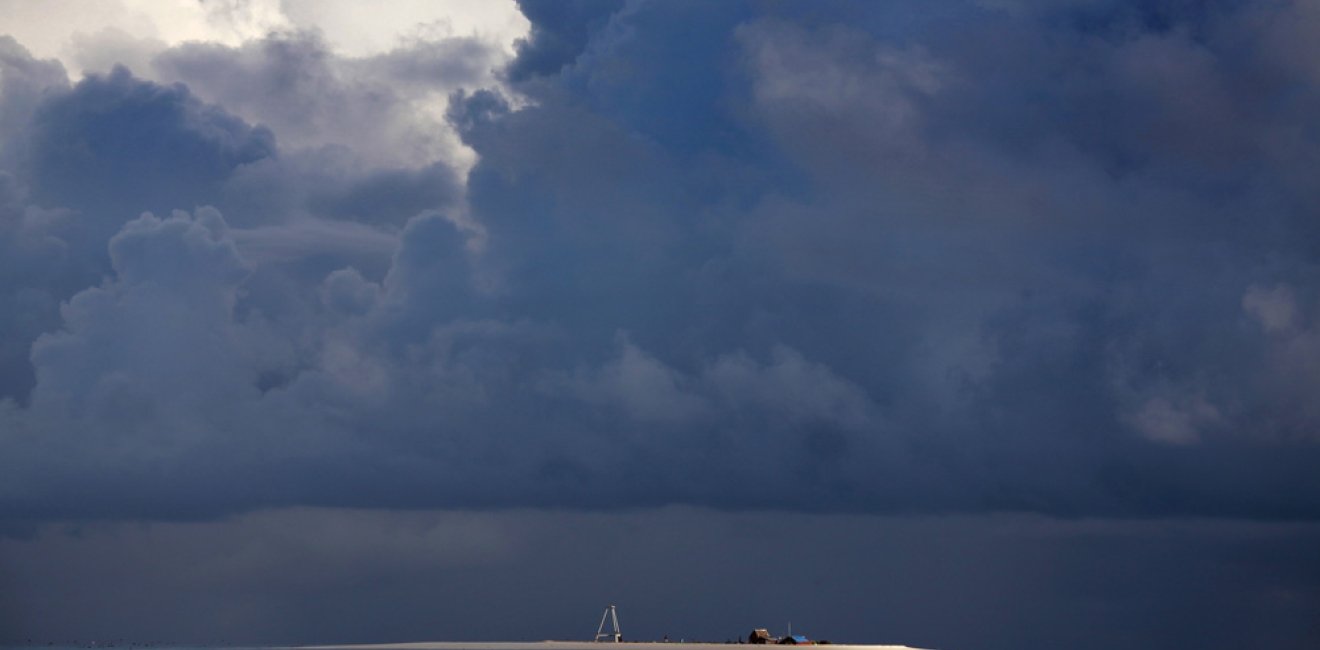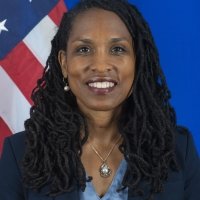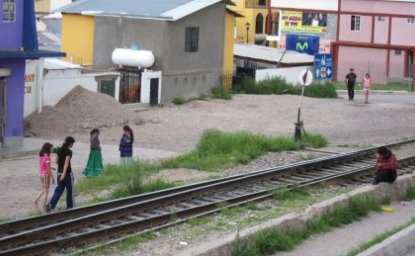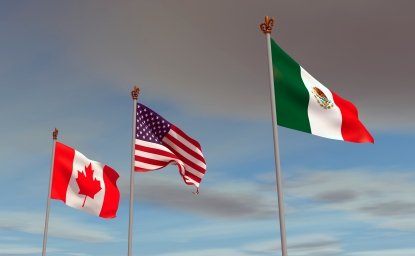This article first appeared on ECSP’s blog, New Security Beat.
The idea that climate change is causing migration and displacement is entering the mainstream, but experts have warned against using the term “climate refugees” to describe what we’re seeing in small islands, coastal regions, and even conflict zones like Syria.
Geoff Dabelko’s 2007 post on climate change and migration was an early and important clarification of this emerging phenomenon. He noted that the term “refugee” is problematic because of limitations under international law. He also noted that migration is multi-causal. In fact, the numerous triggers that collide to spur an individual’s decision to migrate make it difficult to peg his or her movement to climate change. That difficulty also means that deriving a number for climate migrants remains elusive. Almost 10 years later, these cautionary words are still relevant.
However, I would argue there are migration and displacement scenarios that are a bit more straightforward now, that beg concerted effort from the policy community, and that underscore the importance of recognizing climate change as a unique, unprecedented, and increasingly formidable trigger.
In their comprehensive policy paper, Protecting People Crossing Borders in the Context of Climate Change, Walter Kälin and Nina Schrepfer identify five scenarios in which climate change may trigger population movements. They are:
- Sudden onset disasters, such as flooding or storms;
- Slow-onset degradation, such as rising sea levels and salinization of freshwater and arable land;
- The “special case” of slow-onset disasters, specifically the impact of rising seas on low-lying small-island states;
- Governments prohibiting areas for human habituation as they become high risk;
- Violence, armed conflict, or unrest over dwindling resources that seriously disturbs public order and triggers migration.
Scenarios three and four are particularly relevant given current events. News of the seemingly inevitable demise of atoll nations like Kiribati and the planned relocation of the Biloxi-Chitimacha-Choctaw tribe of Isle de Jean Charles in Louisiana have highlighted the impacts of climate change on island and coastal communities in the present tense. Sea-level rise and coastal flooding that compromise entire communities is not a problem we can relegate to future generations; it is happening now.
Whether we help small islanders adapt or circumvent the effects, new policies are urgently needed
This is not to say “climate refugees” is an appropriate way to describe these people. There is still no legal basis behind the term, no protections owed by governments, and a real danger of giving the wrong impression about the situations they face as opposed to the millions displaced by war and persecution in the Middle East and East Africa, for example (though elements of this may evince scenario five). It is important to note that many residents of threatened islands in fact eschew the “refugee” categorization and resist the inevitability of losing their lands, home to the bones of their ancestors and the birthplace of the next generation.
There is value in emphasizing how complex the drivers of human migration are, as many treatments of the climate-migration nexus do. There are also pre-existing vulnerabilities that are the result of human decisions and limited development capacity, which is true in the Global North and South. But the potential uninhabitability of threatened islands like Kiribati in a matter of decades is not a kind of migration that suffers convincingly from claims of multi-causality – at least not to the point that obscures a climate fingerprint. The specter of complete displacement that i-Kiribati now face is more clearly a function and consequence of a changing climate.
But it is an argument for working towards some kind of framework that acknowledges the special climate-related circumstances faced by small-islanders and those displaced by government climate resilience programs – and the international community’s responsibilities to them. These are not people wealthy countries are simply tasked with accommodating, they are in part victims of a phenomenon that they have had little hand in creating, which deserves some recognition, if not reparation. Whether we help small islanders adapt to or circumvent climate change’s displacement effects – at least for as long as possible – new policies are urgently needed.
From the Arctic to the Pacific Northwest to the Mississippi Delta, the U.S. federal government, with state and local partners, is now considering and indeed facilitating movement from high risk areas, the fourth scenario outlined by Kälin and Schrepfer. In Louisiana, Isle de Jean Charles is among the first set of communities undergoing planned relocation. Recognizing the significant loss of land – a result of rising seas colliding with decades of channelization and oil and gas development – and the increased risk of staying in place as each hurricane season approaches, the Department of Housing and Urban Development has funded the relocation of island residents.
This is a first for the U.S. government, and a number of questions arise as we contemplate more and more communities moving to higher ground: How exactly do we conduct this process equitably? How will it be fully funded? How are people relocated in a way that affords them opportunities to thrive? These are not questions for leaders and communities in 2050, but in 2016.
It is possible the climate fingerprint in migration will become more evident
Disappearing islands and re-locating coastal communities highlight the increasing weight climate change contributes to displacement and migration. At the very least, the policy community can carve out these two scenarios as priorities in acknowledging the triggering role of climate change. One has important international policy implications, the other mainly domestic (though depending on the country in question, re-location may involve international support).
It is possible that, as time passes, the climate fingerprint in the remaining scenarios outlined by Kälin and Schrepfer, including the most thorny – violent conflict – will also become more evident. It is quite plausible that the others will always be seen as the result of multiple triggers, but that climate change, once the proverbial straw that broke the camel’s back, will be understood to be more like an entire bale of hay.
It is critically important not to overstate climate change’s involvement in contemporary population movements, lest we absolve poor leadership and decision-making. But climate change induces movement that seems to me altogether different from your average multi-causal event in at least one other way: it is not a static phenomenon; it is dynamic. It is an increase in average global temperature with accompanying change – and the rate of change is increasing with greater speed. In other words, what may seem like a deeply entangled multi-causal event today might soon have quite a strong climate signal.
If we recognize the nature and pace of climate change, we might – as Dabelko presciently urged in 2007 – “translate this larger theoretical and political argument into…specific interventions” that aid those who today face a seemingly inexorable rupture to their way of life.
Maxine Burkett is a Wilson Center public policy fellow and professor of law at the William S. Richardson School of Law, University of Hawai‘i.
Photo Credit: Bikeman islet, near South Tarawa in the central Pacific, June 2013, courtesy of David Gray/Reuters.








